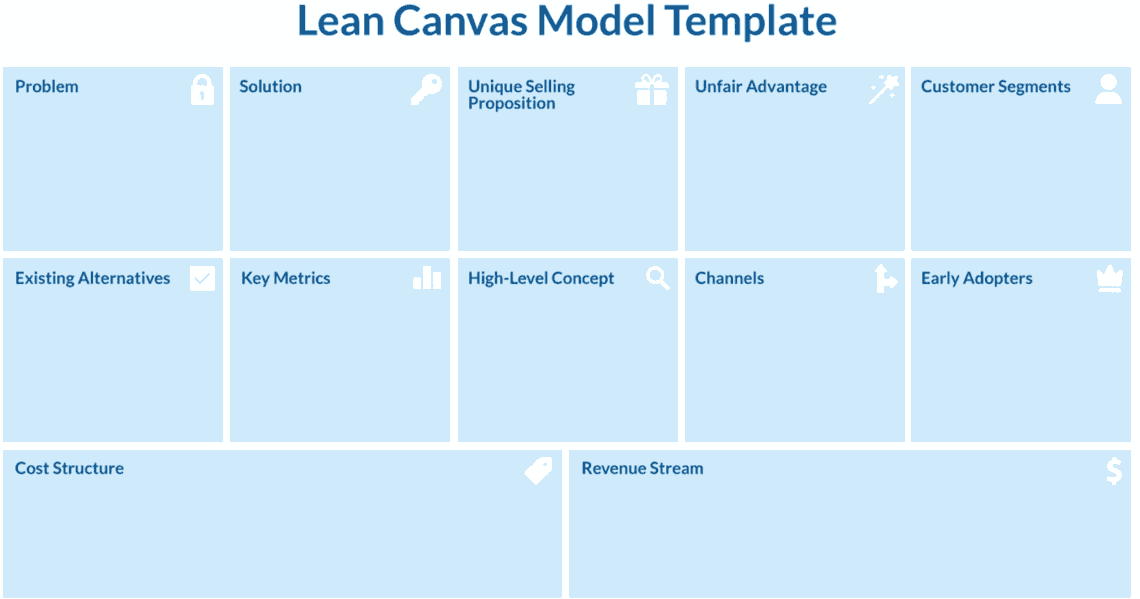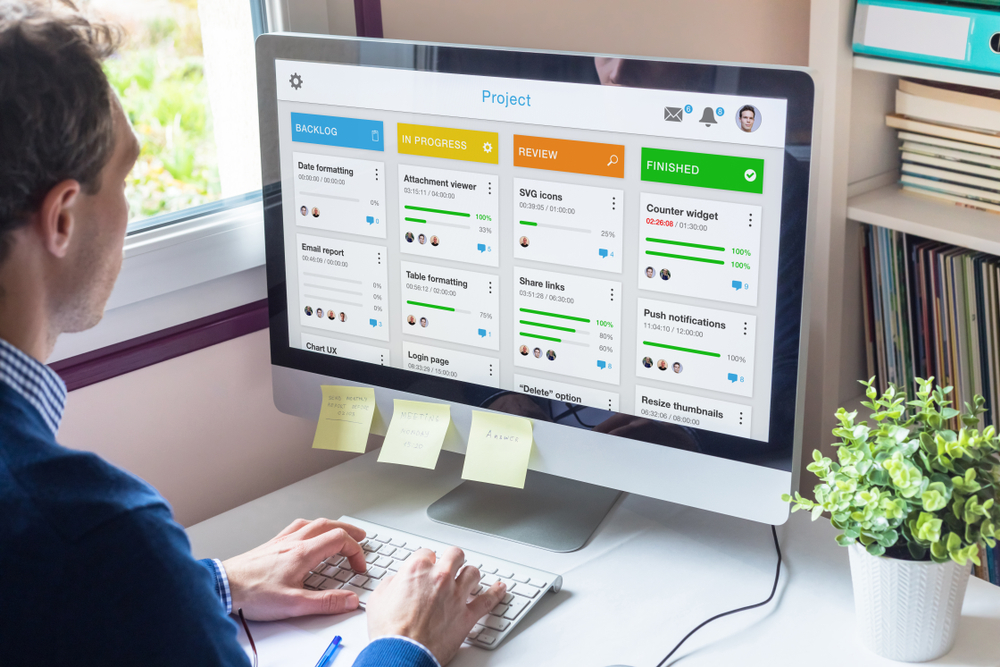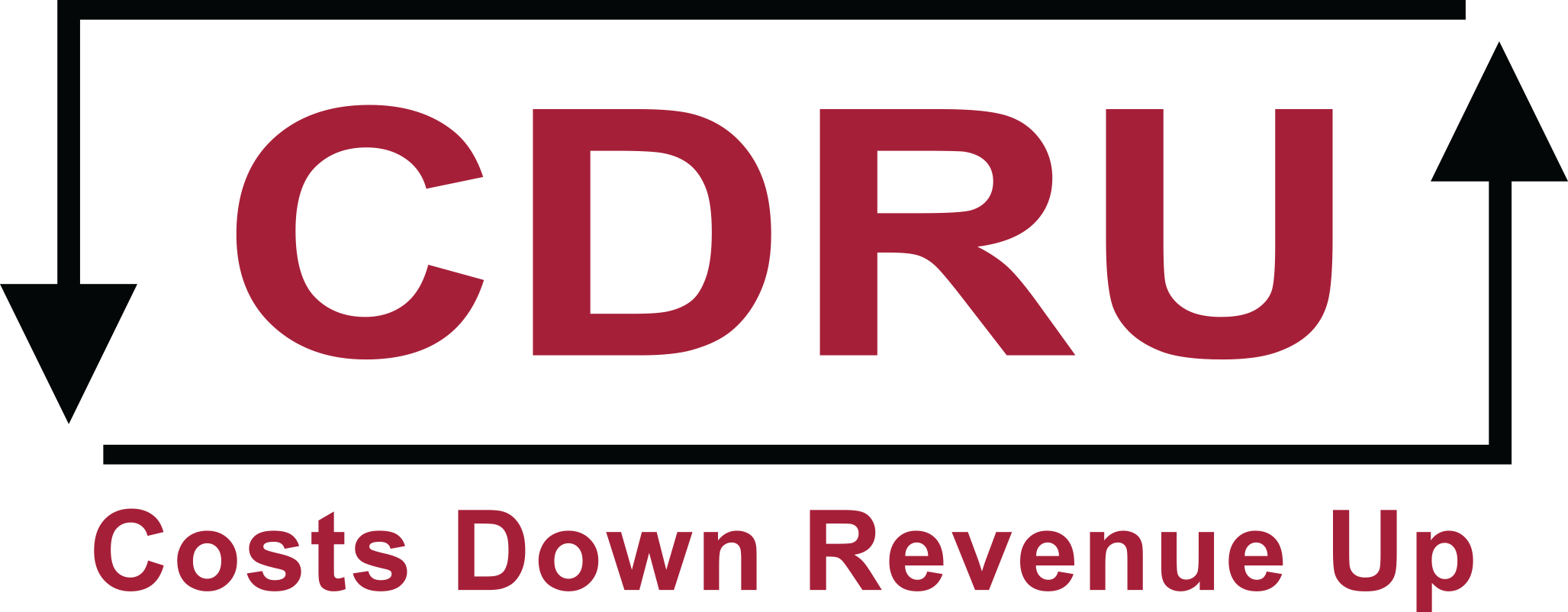Driving quality outcomes with agile project management
As technical challenges become more complex and project requirements more uncertain, many standardised project management methods and practices will not drive the outcome each business expects.
Moving to a more “agile”, iterative and customer-centric approach will engage and motivate your team, clients and their stakeholders around a clear vision and goal. This is the best way to maximise performance and drive quality outcomes.
As a service provider, consultant or external project manager brought into an organisation to deliver a project, it’s crucial to adhere to the approach of the organisation you are working with (or for).
At CDRU, we introduce the right project management tools and techniques that will deliver the outcomes in the best possible way, while conforming to the expectations of the client and their systems.
Our goal is to deliver a continuous flow of value to customers and achieve better business outcomes.
We have developed our delivery methodology over many years and specialise in strategic sourcing, transformation services and Financial Management software services.
We augment this methodology with Agile practices, Kanban boards and co-design, to transparently deliver real benefits to our clients across all our projects.
Using modern project management methods in real-world scenarios
Let’s say you have been engaged to build a strategy, source a service + technology and deliver the implementation. You may break up the work in 3 main phases.
Phase 1: To build the strategy and business case you need to identify the stakeholders, frame the costs / benefits and analyse the risk. Here’s a great opportunity to generate some user stories using the formula:
As a (user role)…
I want (goal)…
So that (benefit)…
Here’s a real example:
As a Service Delivery Manager specialising in End User Compute (or the more contemporary description, ‘Modern Workplace Solutions’) I want to see more automation so that we are faster and more agile because the less time we spend on doing repetitive / commodity tasks the more time we can spend doing smart and valuable actions that drive the business forward.
Taking the time to listen to issues and challenges, is not only a great way to gather project requirements, but also an opportunity for each stakeholder to be heard.
This reaps real benefits when it comes time to set up the steering team, make decisions and implementation.
Two top tools for strategy/business case building
- Risk management: A risk visualisation technique like Bowtie is an interactive method for identifying both reactive and proactive control, it draws stakeholders into the conversation around risk and outcomes.
- Business Case: The Lean Canvas gets all the information on one page for rapid decision making. Value should not be measured by the weight of the document!
Bowtie Risk Visualisation


Now you have an endorsed business case and it’s time to go to market.
Phase 2: Use your sourcing methodology and make sure you are working closely with a client’s Procurement team to meet their processes and decision gates. Don’t underestimate the time needed for Legal review and approvals.
Once you have sourced a solution, it’s time to form a project team and implement.
Phase 3: Some questions are bound to arise from team building and implementation. What if you’re unable to get together as a team (due to, say, a global pandemic)? How about some video team building?
Try gathering fun facts about everyone on the project team and run a guessing game where everyone tries to figure out who the fact goes with.
We find these early, humanising encounters really smooth out communication, when the project inevitably gets hard and complex. This can make all the difference.
Two top tools for implementation
-
Visualise task management: Kanban boards are a great way to simplify complex project plans (using Microsoft Planner or Trello).
This is how we like to set up our Kanban boards:
Column 1: Backlog
Column 2: To do in sprint
Column 3: Doing
Column 4: Blocked - Dependency mapping: Make dependencies visible in your planning tools. For example, use colour-coding to represent relationships on physical scrum or Kanban boards. Take a practical approach to planning by using a Gantt chart to outline dependencies, milestones and key dates.

Kanban Board example:

Gantt Chart example:
Project management best practice
Sprints.
Be sure to block out time in terms of 2-week sprints to drive stakeholder engagement in the project, identify roadblocks and show constant updates.
Don’t forget sprints for process and procedure development, as well as organisational change, training and benefits tracking. Testing should be built into implementation sprints as much as possible, so you don’t have to do it all at the end.
Future success.
Start early on what “Business as Usual” will look like. Run some meetings on what the future service looks like using a service design approach. Can you describe the service and its key users on one page? Involve business users on what they might do in the future. A RACI matrix may be useful here.
Stand-up meetings.
Experiment with the right cadence. Is every day too many? Is once a week too little? Hold yourself and others to account. There should be no solutioning during the meeting.
The agenda should be:
- What did you do in the last 2 days?
- What will you do in the next 2 days?
- What blockers stand in your way?
Asking the right questions.
Throughout the project it is important to keep asking how you can do things better.
- Run an Agile “retro” meeting, where your team regularly reflects on what worked, what didn’t, and why.
- Is there a way to iterate during design and build to reduce uncertainty?
- How about a quick and dirty installation of the software in a cloud-based sandbox environment, as a proof of concept?
Tip: Don’t forget to show it to the stakeholders and proactively seek feedback! Impromptu engagement is often the most valuable.
A good question to ask is, ‘is there is a way to bring any benefits forward?’ Don’t be a slave to the schedule. An Agile approach means the highest priority is to satisfy the customer and deliver continuous value.
How might our agile approach work for your business?
There are lots of other emerging tools and techniques to enhance delivery and outcomes. It is an area where we are constantly innovating and trying new things, which is part of the fun. The overall objective of this constant improvement is to drive quality and time to benefit for our clients.
These are examples of modern approaches to project management challenges, which give an idea of the approach we at CDRU take with our clients.
Each organisation is different, so our expertise helps us quickly identify the right balance of tools and techniques to meet each client’s needs and transformation goals.
Give us a call to see if our approach will drive real business value for your organisation.






